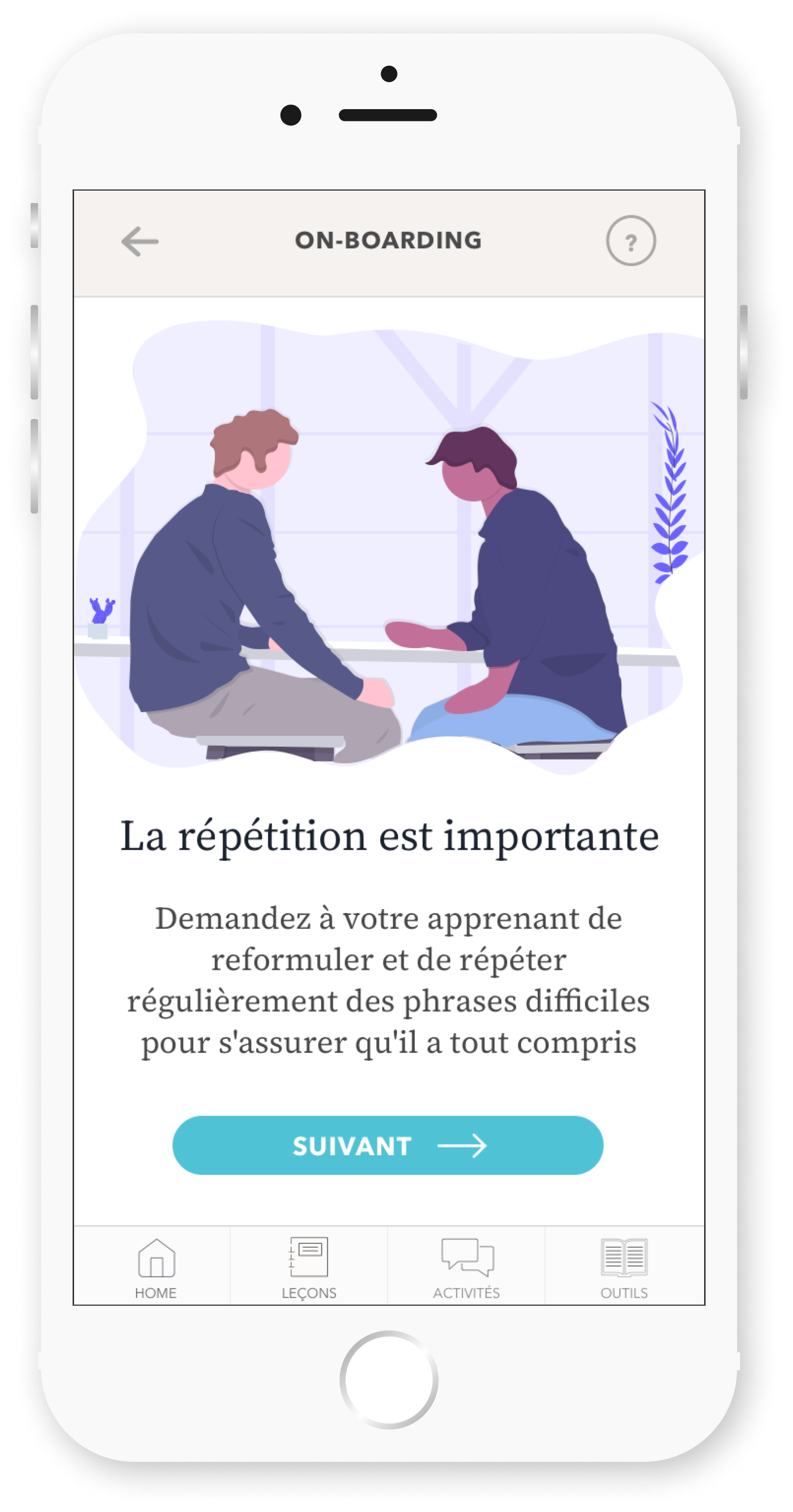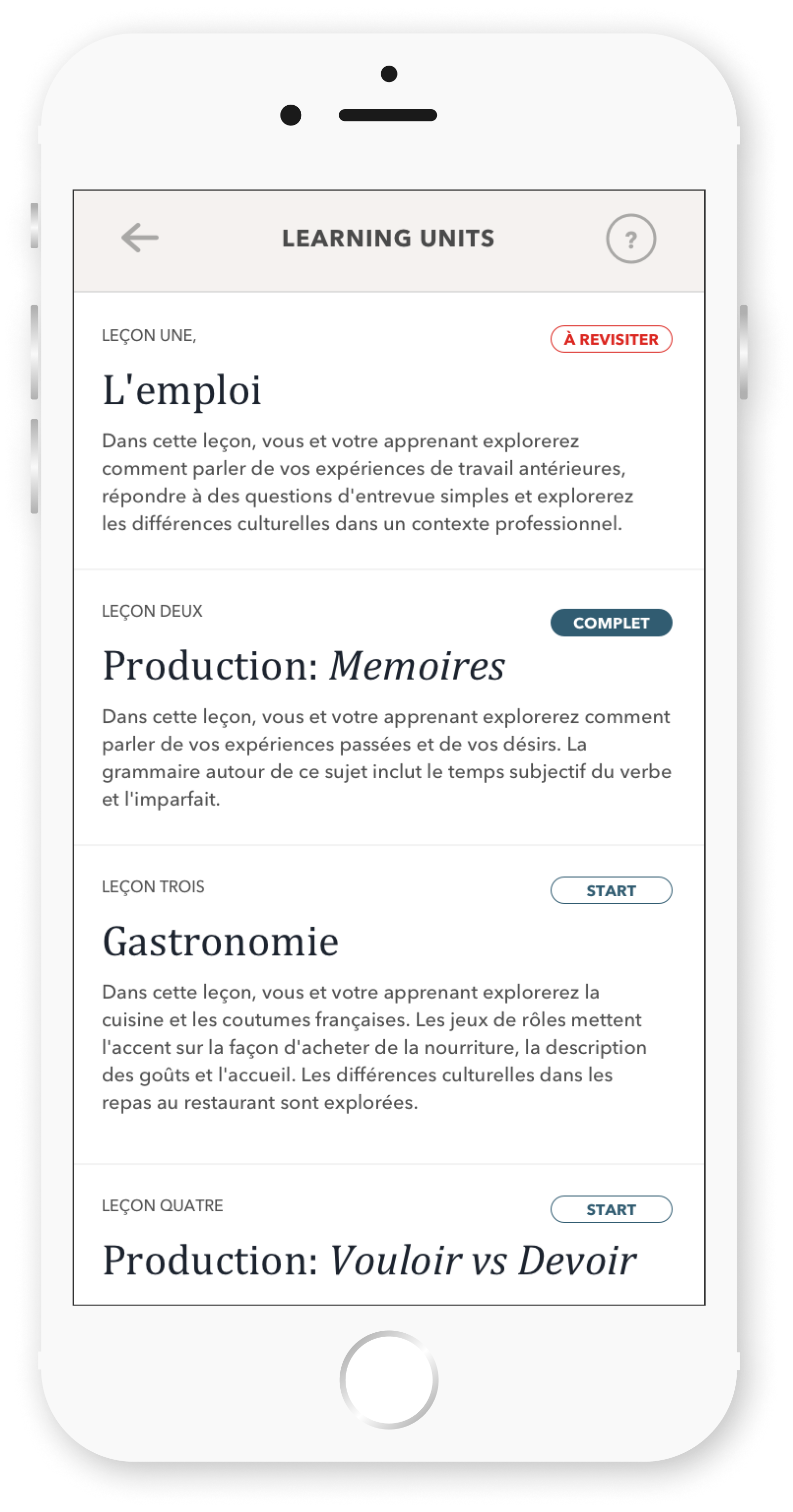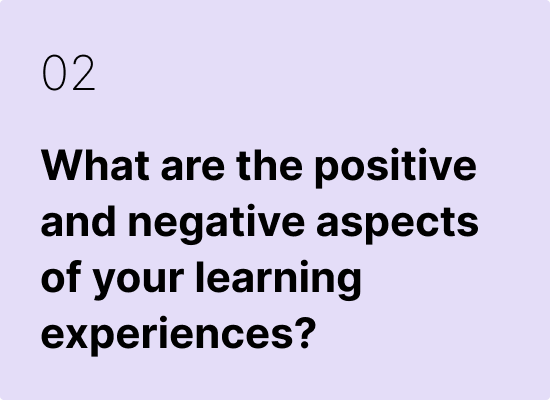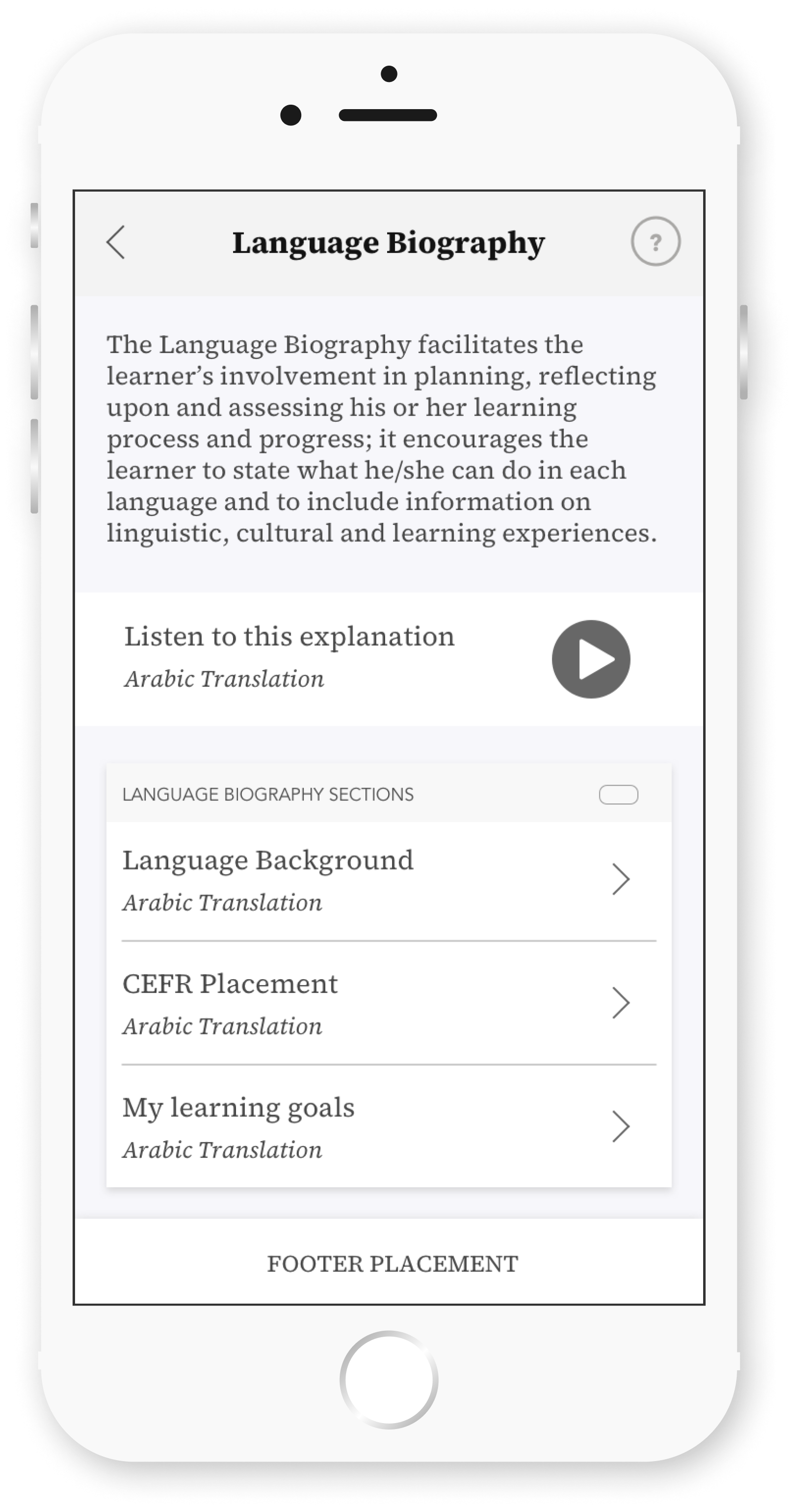DESIGN RESEARCH • CONCEPT DEVELOPMENT
I designed a classroom tool that provides refugee students with opportunities for communicative practice with native speakers.
This application concept tackles the inequitable social structures that make it difficult for refugees to join native communities of practice by facilitating connection and practice between both groups and expanding the integration process into a shared process.
Education
Paris College of Art
MA, Design for Social Impact
September 2018 — May 2019
Contributions
Primary and Secondary Research
Qualitative Interviews
Synthesis
Concept development workshop
Prototyping
Team
Samuel BENDRIEM, Designer and Author
Bien DOBUI, Thesis Advisor
Simon DROUARD, Design Advisor






Design Process

Discovery
Refugees and Linguistic Integration
France has over 700,000* refugees living within its borders, making it one of the biggest receiving countries in Europe. For refugees in Paris, learning the host language is commonly seen as a beneficial means to integrate into their new society—enabling practical engagement in daily life and personal connections with new communities.
Refugees in France can take French-as-a-second-language classes in both the public and private domains. However, little research exists on how the language-learning process assists or hinders the refugee’s integration.
In addition, refugees will face different circumstances upon arriving to France, including lack of networks, limitations on travel and work, and less control over the availability in which they interact with native french speakers. Focusing on this population highlights additional needs and barriers as part of the integration process.
Fig. 01: The Lave and Wenger Legitimate Peripheral Model posits that second-language learners must struggle to participate in their target communities to gain membership.
Narrative Inquiry
Second-language theorists consider language acquisition as a social process in which the learner must struggle to participate and become a member of certain communities. This social participation acts as a form of language learning through interaction with members of the target language community. But when students are in a classroom, they are not considered to be in a community of practice because they share the same level as their peers.
I conducted narrative interviews with 5 refugees currently or recently in language classrooms. This approcah allows participants to use their own voice, emphasizing their unique experiences and perceptions as truth. This approach also creates a more comfortable space for particiaptns to openly share their experinces without concerns about academic or governmental repercussions.



Alignment
Participant 2, "Kamal"
“The only thing missing from the classroom is that there is no mixing with French people. Everyone is still there because they are immigrants.
I am not the type of person who has the courage to go towards others, and others will never come to you. However, if French people were in the same class, it would be easier. In that case, there is a reason to communicate with them.”
Resources and Barriers
1. Finding a class is a barrier to starting the process. The complexities of living in France include a lack of information on where refugees can or should go for assistance, to begin their administrative process, or to start learning the language.
2. Close connections with native speakers are a beneficial method of learning. Positive classroom experiences often revolved around making connections with professors and other students. Having friendly and welcoming professors was a large factor in the students' learning process and improved linguistic competence.
3. Classrooms do not do enough to facilitate these types of encounters. Understandably, classrooms for refugee learners will only contain refugees. This can be beneficial as all the students share a common experience and can provide support for each other. However, this also results in fewer speaking opportunities with more advanced (native) speakers.
4. Communicative experiences outside the classroom may positively or negatively affect the student's identity as a second-language learner. A learner's personality and willingness to approach native speakers was another factor in the their integration. Classrooms that provide stuctured opportunities for engagement will gurantee this form of learning to more students, regardless of personality.
Fig. 02: A resource map of obstacles and opportunities in the context of a refugee language learner's experience in classrooms, cities, and policy in general. This map helped identify opportunities for interventions and connect related resources within uncovered themes from my interviews.
Implications for classrooms
Structuring classroom pedagogy based solely on descriptive benchmarks of language proficiency (e.g. grammatical expertise) misses the learner’s need and desire to interact with locals as a form of learning and gaining membership. Current curriculum strategies designed for adult migrants do not take into account the experience of refugee language learners who face more barriers to participating in communities of practice, such as living in immagrant-heavy areas. Therefore, classrooms that provide structured opportunities for practice with native speakers can mitigate these difficulties.
Concept Development
Passerelle is an application concept that facilitates the encounter and educational exchange between a language learner and a native speaker.
It empowers the native speaker to become a mentor and provides activities and tools for the learner to practice oral communication in their target language.
01
Go beyond the CEFR
The application should complement the learning metrics set out by the Common European Reference for Languages (CEFR) but be tailored around the refugee's learning interests.
02
Facilitate the partnership
The application should assist native speakers with their role as mentors by providing teaching resources, guidelines, and learning activities.
03
Encourage reflections on progress
The application should provide opportunities for learners to reflect on their learning progress, goals, and membership in their desired communities of practice.
Outcomes and Reflections
Embarking on this thesis/project was quite a journey—full of challenges and rewarding moments. One of the most fulfilling aspects was delving into a problem space, diving into research, contributing to the world of second language acquisition, and uncovering a crucial missing piece in the language-learning experience. As part of my Master's degree journey, I had the opportunity to lead workshops to brainstorm solutions.
Given the importance of language-learning to the integration process and the value of communicative practice in various communities, I knew which solution I wanted to explore. More so, my own experiences in mentoring/partnering with refugee students as part of a volunteer program revealed how little resources there were for being a knowledgeable mentor, despite being a native speaker. This solidified my explorations towards a clasroom tool meant for both refugee learners and native speakers to work in tandem.
Impact
As a nine-month exploration into second-language acquisition, the majority of the project's impact was deepening an understanding of the linguistic integration experience. My findings suggest that France should broaden its assessment of linguistic proficiency to encompass not just comprehension but also the learners' sense of belonging as speakers of the language. Conceptualizing a way to improve classroom experiences —which lack native speaker presesnce and participation—aims to improve the classroom experience while also facilitaing connections between both communities, expanding the role of integration to a shared process.
Further Considerations:
- Classroom locations: As research shows, refugees often live on the outskirts of the city, and sometimes within its periphery.When classes are located too far away, the probability of the refugee missing a class or dropping it when they do not have the time to attend is increased.
How might we create virtual classrooms, either in person or in groups, for refugees to be able to attend from where they are? - Migrant communities: As seen with a participant, immigrant communities are generally composed of foreigners and lack the presence of locals. This can hinder opportunities for interactions between the two commuities.
How might we create more shared housing spaces between migrant communities and locals? - Classroom types: Classrooms usually do not take into consideration their students’ educational backgrounds, language repertoires, and learning styles. Those with little or no prior education may require additional steps in learning the second language; ohers may learn at a faster pace. Placing these two groups together may create “bottlenecks”, preventing the advancement of the class as a whole when a professor is focussing on a single or few students.
How might we tailor classes more to educational backgrounds and learner motivations rather than traditional learning levels?











